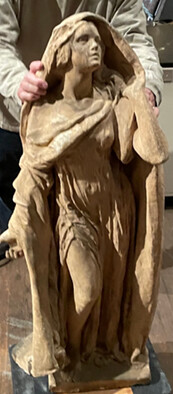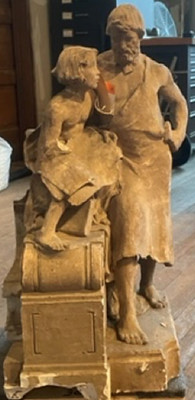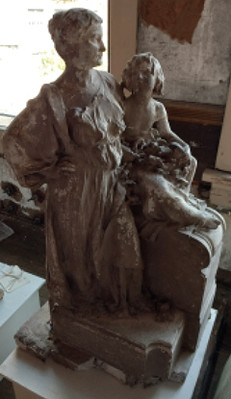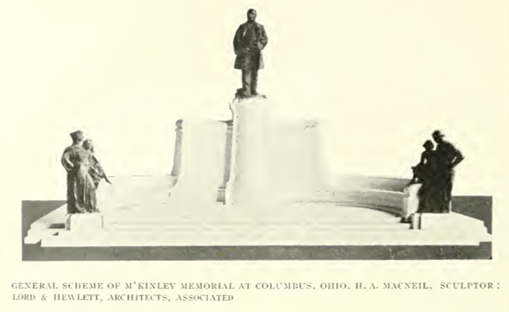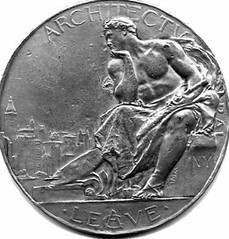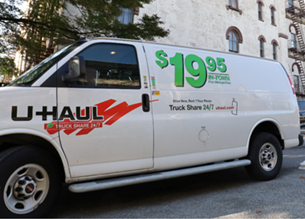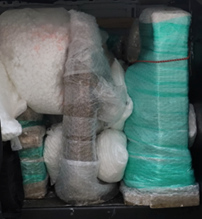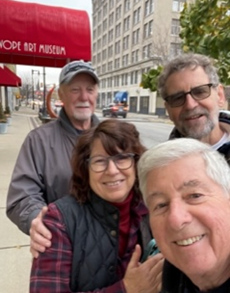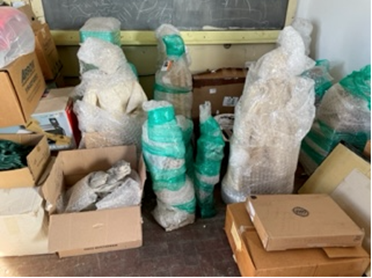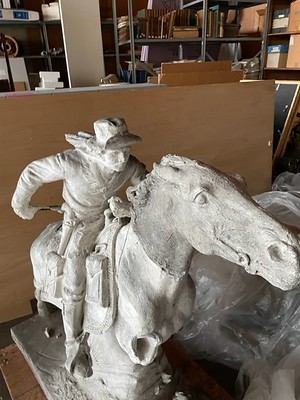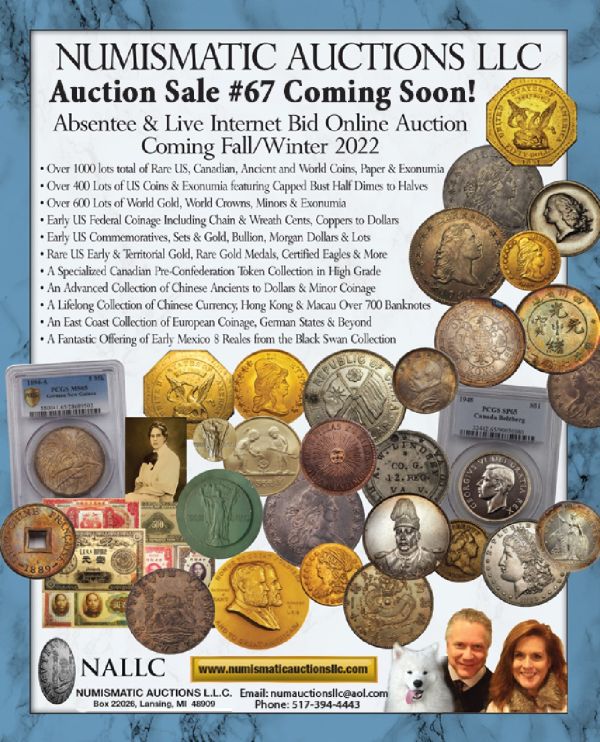
PREV ARTICLE
NEXT ARTICLE
FULL ISSUE
PREV FULL ISSUE
V25 2022 INDEX E-SYLUM ARCHIVE HERMON MACNEIL PLASTERS MOVE COMPLETEDAs mentioned a couple weeks ago, James Haas and a crew of helpers transported several plasters of Hermon Atkins MacNeil's works to a new home. It was MacNeil who modeled the Standing Liberty Quarter and other numismatic products. Here's his report on the historic trip. Thanks! -Editor
Fast forward to October 1948 when the Corcoran Gallery of Art in Washington D.C. decided to clean up its cellar. By offering its collection of 60 plasters to the District schools, students were provided the opportunity to study great works of art. Many were scooped up. In the spring of that year, the Sheldon Swope Gallery in Terre Haute, IN had asked for some, perhaps inspired by its recent gift of eighteen of MacNeil's plaster models donated by his widow, Cecelia Muench MacNeil. The works were put in storage where they remained for the next 75 years. MacNeil had moved to the tiny enclave of College Point in Queens, NY in 1902, and for 30 of his 45 years there, served on the Board of the village's Poppenhusen Institute. In 2011 Daniel Neil Leininger, a MacNeil family descendant, had founded a website, https://hermonatkinsmacneil.com/ devoted to all things MacNeil. He informed Poppenhusen Institute leadership that the Swope had the plasters in storage and was willing to give selected pieces to them. For more than a decade the cost of transport to College Point was prohibitive. Learning that the space where the plasters were stored was to be repurposed, the plasters destroyed, and MacNeil's works lost to the world, it was an easy decision for current Poppenhusen Institute Board member Charles Chiclacos and I to agree to use our own funds in order to rescue them, no mean feat. To that end we rented a U-Haul van and on November 14th , began a 1,700-mile-round-trip- odyssey from College Point to Terre Haute then back to College Point three days later. A few, very few of the thirteen pieces were relatively light, but the statues, five in number, one of them George Washington, averaged 42 in height and weighed seemingly nearly a ton each, but in reality, weighed at least enough to be a challenge to the combined weight-lifting abilities of we two septuagenarians. Two models, Industry and Peace for the McKinley Memorial in Columbus, Ohio were smaller, but cumbersome. All had to be swaddled in layers of bubble wrap, secured by heavy duty, tightly wound plastic wrap, placed securely in the van then cushioned by bags of packing peanuts. The plasters, all of them intact, are now once again in storage at the Poppenhusen Institute, a three-story building that was dedicated in 1868, designated a New York City landmark in 1970, and in 1973, listed on the National Register of Historic Places. The models will remain in storage until some necessary renovations are complete. Installation and dedication are in the future, but before that can take place, cleaning and conservation will have to be undertaken. The Institute already has four MacNeil works, Portland's Coming of the White Man, Chicago's Père Marquette, The Conrad Poppenhusen Medal and a work by Carol Brooks MacNeil titled War Babies. With the addition of the rescued plasters, and the donation of my research used in the writing of Hermon Atkins MacNeil: American Sculptor in the Broad, Bright Daylight, it is my hope that the Poppenhusen Institute, not quite a gallery in Washington, DC, will become the go-to place for the general public to see the largest collection of his works, and a haven for anyone wanting to do research on MacNeil. For those who might wish to make a donation, the Poppenhusen Institute is a 501(c) (3) tax exempt organization. The address is 11404 14th Road, College Point, NY 11356. Make your check payable to "Conrad Poppenhusen Association" and mark your check: Plasters Cleaning & Conservation. Thank you. Swope Museum's Indispensable Jim, Yours Truly, Swope Curator Amy MacLennan, and Charlie Chiclacos A great adventure - thanks! Please do consider making a donation, everyone! This is interesting numismatic history. -Editor Jim adds:
Sidebar story. Like many towns, villages and cities, the streets in College Point are presently in disarray due to the installation of much-needed new sewer pipes. As a result, the most harrowing part of the journey was driving on one of two possible streets to the Institute. One was bad, the one we chose was very bad. Charlie and I had packed the plasters as securely as we could separating them with plastic bags filled with packing peanuts. Each time we went over a bump or drove over a pot hole, they swayed forward and backward and/or side to side. Plaster is fragile; our hearts were in our throats. When we stopped to check status, winds blew peanuts out the door, given their freedom when the bags exploded. It was a hoot. All's well that ends well. Everything arrived in good shape other than what had happened to them over seventy-five years." https://hermonatkinsmacneil.com/
To read the earlier E-Sylum article, see:
Wayne Homren, Editor The Numismatic Bibliomania Society is a non-profit organization promoting numismatic literature. See our web site at coinbooks.org. To submit items for publication in The E-Sylum, write to the Editor at this address: whomren@gmail.com To subscribe go to: https://my.binhost.com/lists/listinfo/esylum All Rights Reserved. NBS Home Page Contact the NBS webmaster 
|
